
Delicious Easy Chicken Katsu Recipe: Ready in 30 Minutes!

Are you ready to embark on a culinary journey to Japan from the comfort of your kitchen? Chicken Katsu, a beloved Japanese dish, is crispy, juicy, and utterly delicious. This easy chicken katsu recipe will guide you through creating a meal that’s perfect for any day of the week, bringing a taste of Japanese cuisine to your dining table.
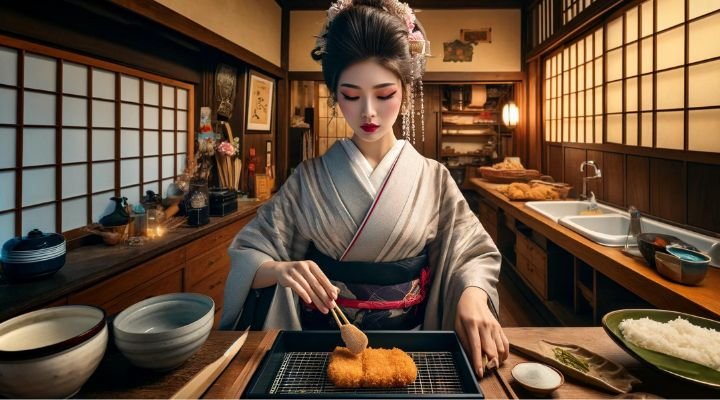
Chicken Katsu is a popular Japanese dish that consists of breaded, deep-fried chicken cutlets. It is similar to the Austrian Wiener Schnitzel but uses chicken instead of veal. Typically, it's served with a tangy, sweet sauce called tonkatsu sauce, alongside a bed of fluffy rice and a crisp salad, making it a balanced, satisfying meal.
The beauty of chicken katsu lies in its simplicity and the contrast of textures. The exterior boasts a golden-brown, crunchy breadcrumb coating while the interior remains tender and juicy. This delightful dish has won hearts worldwide, not only for its taste but also for its straightforward preparation.
Why Try This Chicken Katsu Recipe?
This chicken katsu recipe is crafted to ensure you achieve the perfect crunch and flavor. It's an excellent way for beginners and seasoned cooks alike to dive into Japanese cooking with confidence. Moreover, this recipe uses ingredients readily available in most supermarkets, ensuring that anyone can try it without hassle.

Chicken katsu is versatile, serving as a fantastic quick dinner option on busy weeknights or a show-stopping meal for special occasions. It's also a great way to impress your guests with international flavors without spending hours in the kitchen.
The Origins of Chicken Katsu
The history of Chicken Katsu dates back to the 19th century Meiji Era when Japan ended its national isolation and began incorporating Western influences into its culture, including its cuisine. Katsu, derived from the English word "cutlet," initially referred to beef or pork cutlets. However, over time, chicken became a popular choice due to its wide availability and appeal.

The dish's adaptation using panko breadcrumbs, which are lighter and airier than their Western counterparts, marked a significant evolution, giving chicken katsu its unique texture and appeal. Today, it is a staple in Japanese restaurants worldwide and a favorite among home cooks for its simplicity and flavorful profile.
What Are the Benefits of Making Chicken Katsu at Home?
Making chicken katsu at home allows you to control the ingredients and their quality, ensuring a healthier version than what might be served in restaurants. You can opt for organic chicken, low-sodium soy sauce, and even make your homemade tonkatsu sauce with fewer preservatives. Additionally, homemade chicken katsu can be customized according to dietary needs, such as using gluten-free breadcrumbs or air-frying for a lower-fat version.

Now that we’ve explored what makes chicken katsu recipe a must-try dish and delved into its fascinating origin, are you ready to start cooking? Let’s prepare for the next steps, where I will list the ingredients you need and guide you through the cooking process, ensuring every step is clear and manageable. Please let me know if you're ready to proceed!
This chicken katsu recipe is crafted to ensure you achieve the perfect crunch and flavor. It's an excellent way for beginners and seasoned cooks alike to dive into Japanese cooking with confidence. Moreover, this recipe uses ingredients readily available in most supermarkets, ensuring that anyone can try it without hassle.
- 4 Chicken breasts (boneless and skinless)
- 1/2 Salt and pepper (To taste)
- 1 cup All-purpose flour (for dredging)
- 2 Eggs (beaten)
- 2 Panko breadcrumbs (for that perfect crunch)
- Oil for frying (Preferably vegetable or canola oil, enough to deep fry)
- Tonkatsu sauce (Available at Asian supermarkets or homemade)
- 2 Steamed rice (cooked)
- Cabbage salad (Finely shredded cabbage with a light dressing)
- Prepare the Chicken:
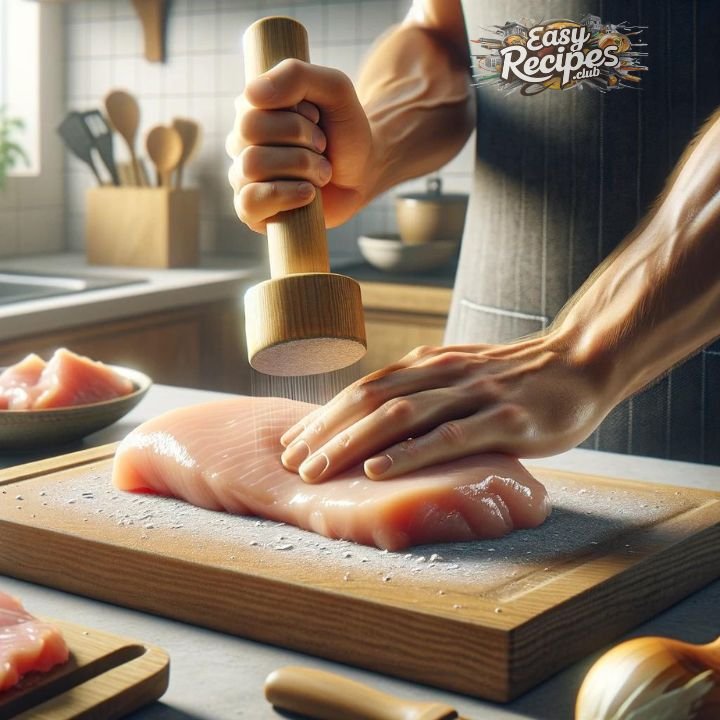
Start by flattening the chicken breasts to an even thickness of about 1/2 inch using a meat mallet. This ensures they cook evenly and quickly.
- Seasoning:

Lightly season each chicken breast with salt and pepper.
- Dredging Statio:
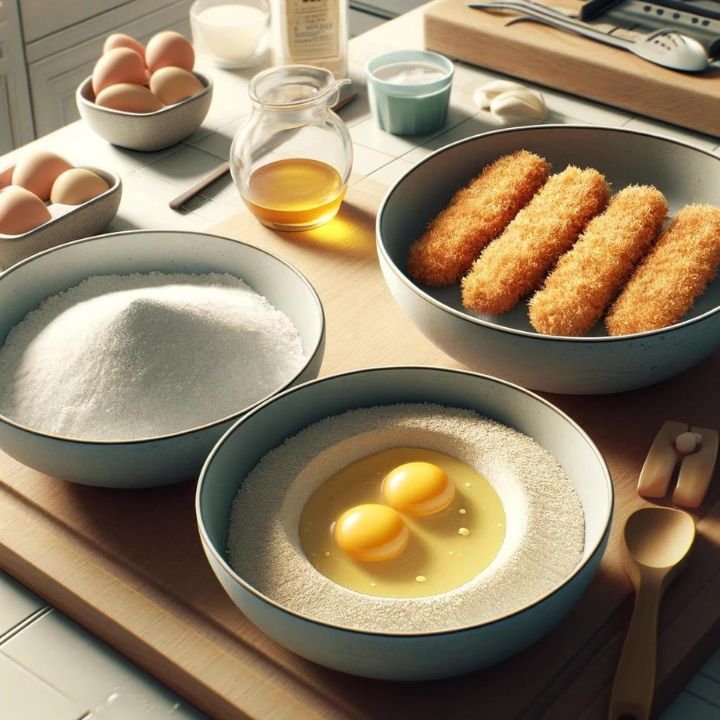
Set up a dredging station with three shallow bowls - one for flour, one for the beaten eggs, and one for panko breadcrumbs.
- Coating the Chicken:
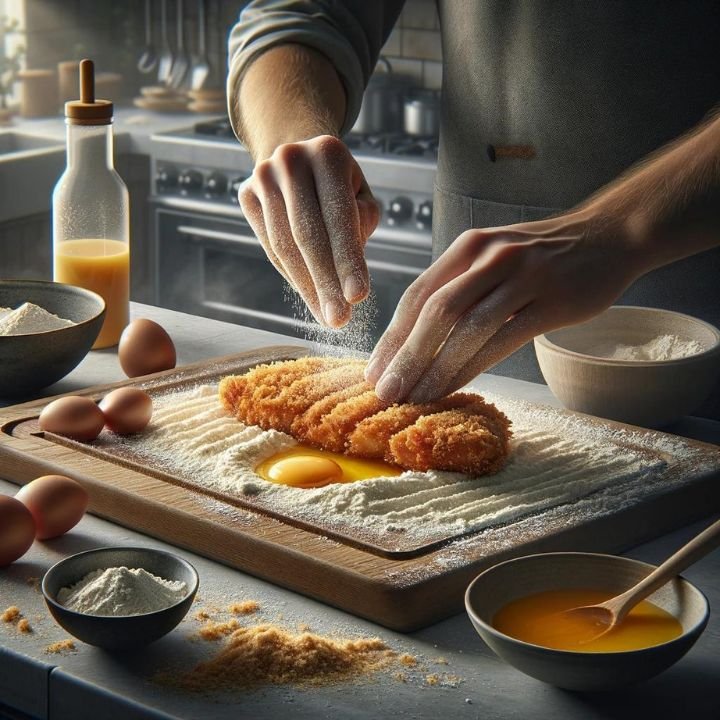
Dredge each chicken breast in flour, shaking off excess, then dip into the beaten egg, and finally coat thoroughly with panko breadcrumbs. Press the breadcrumbs onto the chicken to make sure they adhere well.
- Frying:
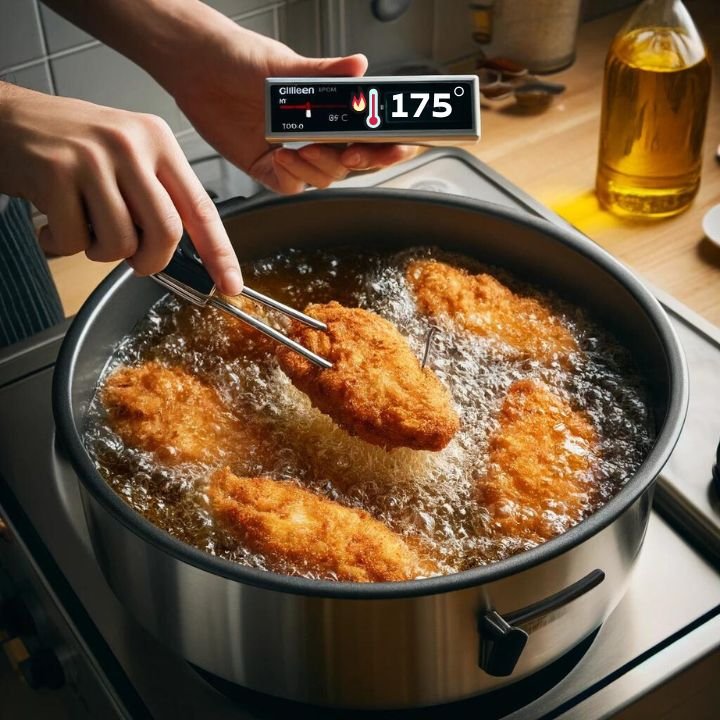
Heat the oil in a deep fryer or a large skillet to 350°F (175°C). Fry the chicken breasts until golden brown and cooked through, about 3-4 minutes per side. Use a thermometer to ensure the chicken reaches an internal temperature of 165°F (74°C).
- Drain:
Remove the chicken from the oil and let it drain on a wire rack or plates lined with paper towels to remove excess oil.
- Serve:
Slice the chicken into strips, serve on a plate with steamed rice and shredded cabbage, and drizzle with tonkatsu sauce.
Servings 1.01
- Amount Per Serving
- Calories 600kcal
- % Daily Value *
- Total Fat 22g34%
- Total Carbohydrate 58g20%
- Protein 35g70%
* Percent Daily Values are based on a 2,000 calorie diet. Your daily value may be higher or lower depending on your calorie needs.
- For a healthier version, chicken katsu can be baked at 400°F (200°C) for about 20-25 minutes or until crispy and golden, flipping once halfway through.
Thank You for cooking with us.


